One of the advantages of working on images inside of photoshop after raw conversion, is the ability to soft proof your images to a final output which in most cases for a photographer is a photographic or inkjet print.
So, What Is Soft Proofing & Why Is It Useful?
Well, soft proofing is simply a technique that allows you to view on your computer monitor what your image will look like when it is printed onto photographic paper or any other medium, assuming that you have a calibrated computer monitor.
The process of soft proofing happens whilst you are still able to adjust and edit your image within photoshop and your image still remains in it’s original color working space, which could be Adobe RGB (1998), sRGB or ProPhoto RGB for example.
The benefits of utilising soft proofing is that you can correct any change in color, saturation, density and contrast that may occur when converting your image to a printer/paper output profile prior to printing.
In return, your print will better match what you see on screen when viewing your image in it’s original color working space.
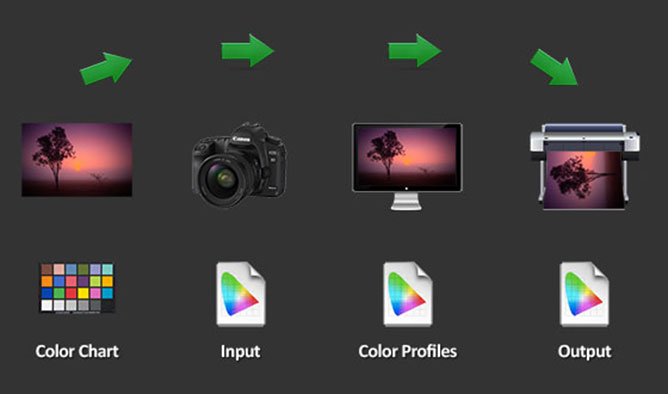
The only downside of this process is that you will need to save a copy of your unedited image prior to making any corrections for your printer and paper type. Then you want to go ahead and specifically name this file according to the printer, paper or output profile you’re using to soft proof.
This is best practice, that way you’ll have two files the original and the print file. The original file can be archived and then soft proofed to any other output you may decide upon in the future without compromising its color or quality.
So, Let’s Now Demonstrate How This Process Works?
To get started, we need an image that has been processed and converted to a working space color profile which in most instances will happen during the raw conversion.
If you’re not sure, you can check your image profile by going to the bottom of photoshop’s workspace where you’ll find a drop down menu which you can choose to set to “Document Profile” which will tell you what color profile you are currently working in.
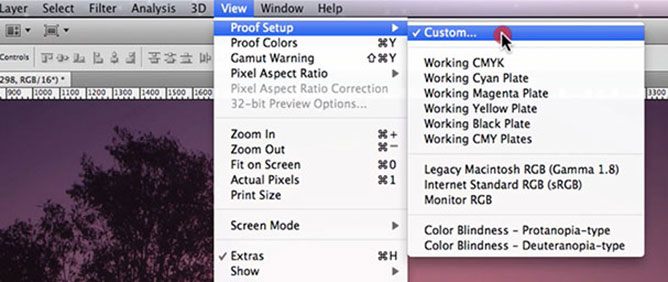
Once you know this information, you can proceed to “View > Proof Setup > Custom”.
Inside you’ll find options for defining custom proof conditions which can then be saved as presets for the future.
Device To Simulate
The “Device To Simulate” drop down menu specifies the color profile of the device for which you want to create the proof. The usefulness of the chosen profile depends on how accurately it describes the device’s behavior. Often, custom profiles for specific paper and printer combinations create the most accurate soft proof. Additional color profiles may be added to Photoshop that will then show up within this menu if you cannot find your output device.
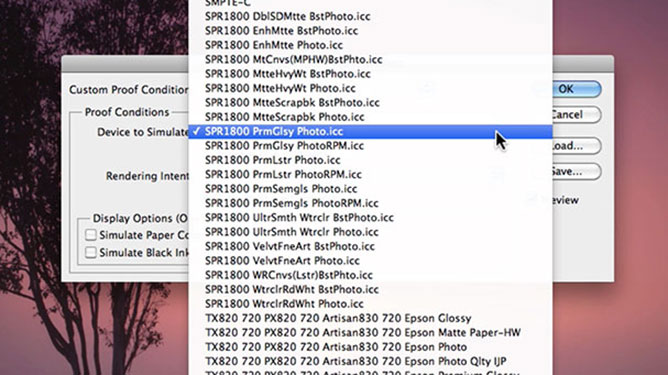
Underneath the “Device To Simulate” you’ll find a checkbox called “Preserve RGB Numbers” which simulates how the colors will appear without being converted to the color space of the output device. This option is most useful when you are following a safe CMYK workflow.
Color Rendering Intent
The next important option you need to select is “Rendering Intent” which is made available to you when “Preserve RGB Numbers” is not checked. Photoshop has four color rendering intents to chose from each of which uses a different method to convert the color values within an image to your chosen output profile and result in alternative outcomes. It’s crucial to remember that when you finally convert your image to it’s final output that you not only maintain the exact output profile you used for soft proofing, but also the exact rendering intent.
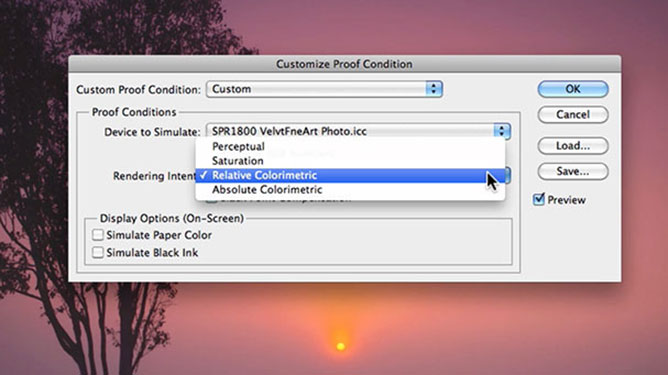
Once a rendering intent is selected you may choose whether or not to use “Black Point Compensation”. If checked this option will ensure that the shadow detail in the image is preserved by simulating the full dynamic range of the output device. Select this option if you plan to use black point compensation when printing (which is recommended in most situations).
Display Options (On-Screen)
Finally below all other settings you’ll find “Display Options (On-Screen)” which has two checkboxes, “Simulate Paper Color” and “Simulate Black Ink”.
If you know for a fact that the output paper type has an off white appearance that’s quite flat you may decide to select “Simulate Paper Color”. In most cases you’ll only ever find off whites in canvases or fine art papers when printing using inkjet printers for example. Not all profiles support this option.

The final checkbox is “Simulate Black Ink” which simulates the dark gray you get instead of a solid black on many inkjet printers, according to the proof profile. Not all profiles support this option.
Both “Simulate Paper Color” and “Simulate Black Ink” should be used with caution.
Toggle
Once you’ve made all of your customizations and you’ve saved or clicked OK… Soft proofing is active, now in order to visually gage how you image will print, I like to quickly toggle between my working space profile and my chosen output profile, turning “soft proofing” on and off to identify the differences in color values and densities that may change.
To toggle soft proofing on and off the keyboard shortcut for a PC is “control + Y” and for a MAC it is “command + Y”.
Quick Tip: When “Soft Proofing” or “Proof Colors” is active you’ll notice an hastrise beside the file name of the image you are working on which makes it quick and easy to identify when this setting is on or off.
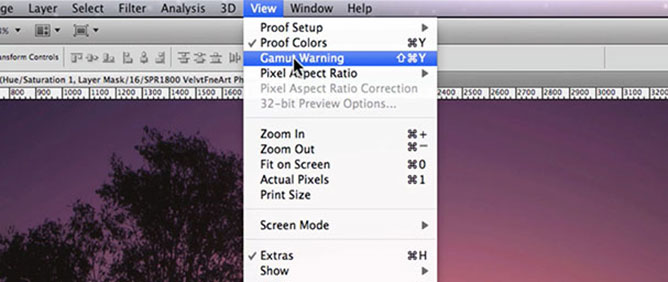
Often it can be hard to visually identify colors that may be clipped or losted during the conversion process from one profile to another and it’s for this reason that I recommend you experience with Photoshop’s “Gamut Warning” which is located under “View > Gamut Warning”. All colors that are outside the color gamut of the output profile you are converting to will automatically be shown in grey and therefore can be corrected to conform to your output profile.
Conclusion
By now I hope that you can see the benefits that are associated with soft proofing your images prior to printing. But with that said soft proofing is very dependant on the accuracy of the selected output profile. Needless to say that a quality output profile will deliver far better results than that of a flawed profile.
And whilst the process of soft proofing is extremely powerful you still need to make sure that your images are converted to the same output profile you choose for soft proofing prior to printing.
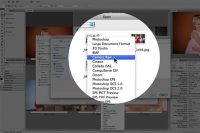

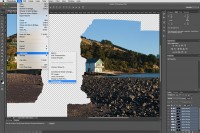










Awesome tutorial! I’ve been wanting to do some of this for awhile now. I was really happy when Format.com updated their platform to allow soft proofing in Lightroom. It’s been such a cool new feature for me to use and something more photographers should use.
Thank you Felix, I really appreciate the feedback 🙂